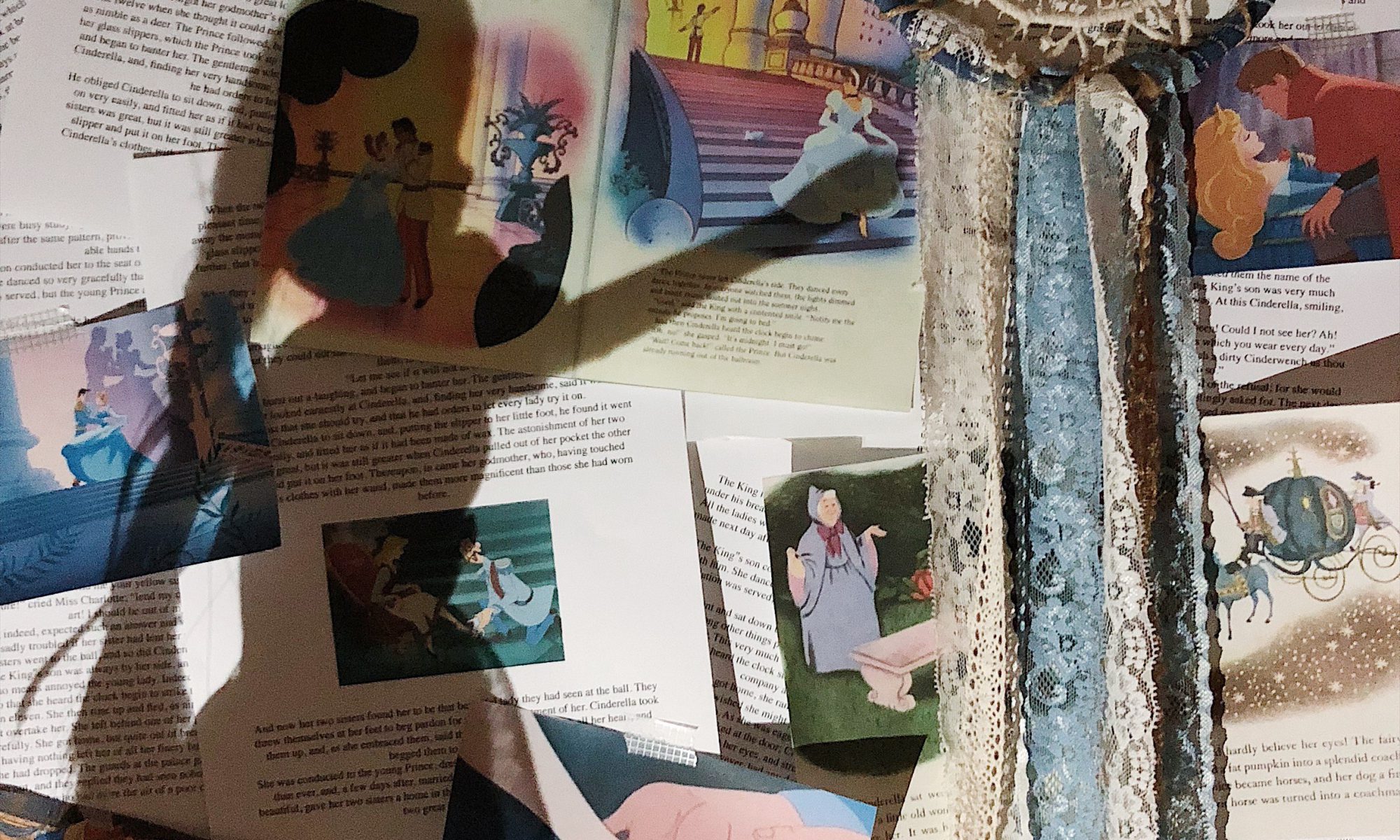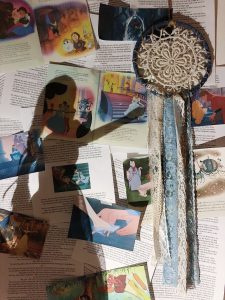“Don’t judge a book by its cover.” I’m sure we were all taught not to judge based on outer appearances since a young age, but yet sometimes I catch myself on the train or on the streets judging a person’s fashion sense and judging a person’s personality by their looks. This project attempts to amplify society’s views on individuals based on such appearances and acts as a social commentary towards society’s heavy emphasis and reliance on looks.
The class was told to write a one word impression for the rest of our classmates and no template or helping words were given. After collation, even without helping words or a template of words, everyone had at least 2 of the same word from the rest of the class, and the words written for each person were all similar (e.g funny, comical, goofy).
The number of times words were repeated could go from 2 times up to 6 times. This proves how strong impressions work and even though we might not really know a person fully, we still form impressions.
However, while some impressions of some people may be an accurate representation of themselves, most impressions don’t correspond to who we really are. Even if they do, these impressions don’t represent us fully. These impressions then become labels. Labels that society makes and covers up who we really are.
By compiling the most common words that appeared for each person and then compiling the words in an audio form, this project aims to let the audience experience the subtle day to day labels that’s been enforced on them, as well as to rediscover themselves and acts as a reminder that we are all more than what other people see us as.
This project will be presented in the form of an installation, where there will be booths for participants to take photos of themselves and type a description of themselves. These photographs will then be out up on the walls of the installation, and other people can enter to give an impression they have of everyone else. The most common words will then be compiled and the audio will then play.
Who – Any individual in society
What – The labels that society makes for each individual that hides the individuals true self
Where – In any social circle or space
Why – To encourage teh rediscovery of every individual and to remind the audience that they are more than just their labels
When – Whenever an individual feels jaded by society and society’s views of him/her, or when an individual is tired from society’s expectations of them
How – Through the use of audio, this projects aims to mimic society’s voices and simulate the audiences feeling against the words that they think society labelled them as.
There is the use of social interactivity, participant-centred interactivity and cognitive interactivity. The use of sounds engages the audience, as the audience is inclined to participate as they are able to relate to the subject presented. The social interactivity stems from the “grading of others by people”.






